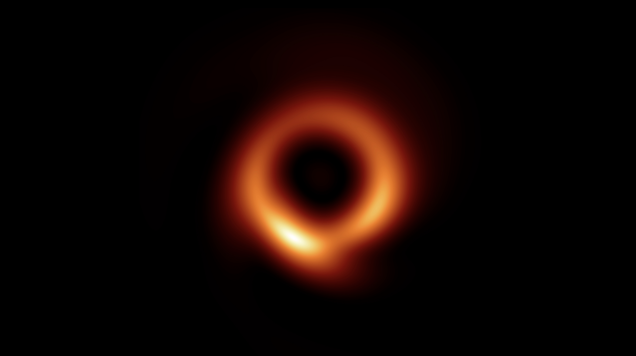A team of researchers scrutinizing the Extended Groth Strip, a region of space between the constellations Ursa Major and Boötes, saw fewer growing supermassive black holes and less dust than they expected.

Astronomers transfixed the public in April 2019 when they released the first-ever image of a black hole, produced by radio wave data from a collaboration of telescopes around the world known collectively as the Event Horizon Telescope.

Astronomers looking at ancient light seen by the Webb Space Telescope have found three pinpricks that they think could be “dark stars,” theoretical objects powered by dark matter.
John A. Paice
NASA/JPL-Caltech/SAO/NOAO
Lia Medeiros via The Associated Press
